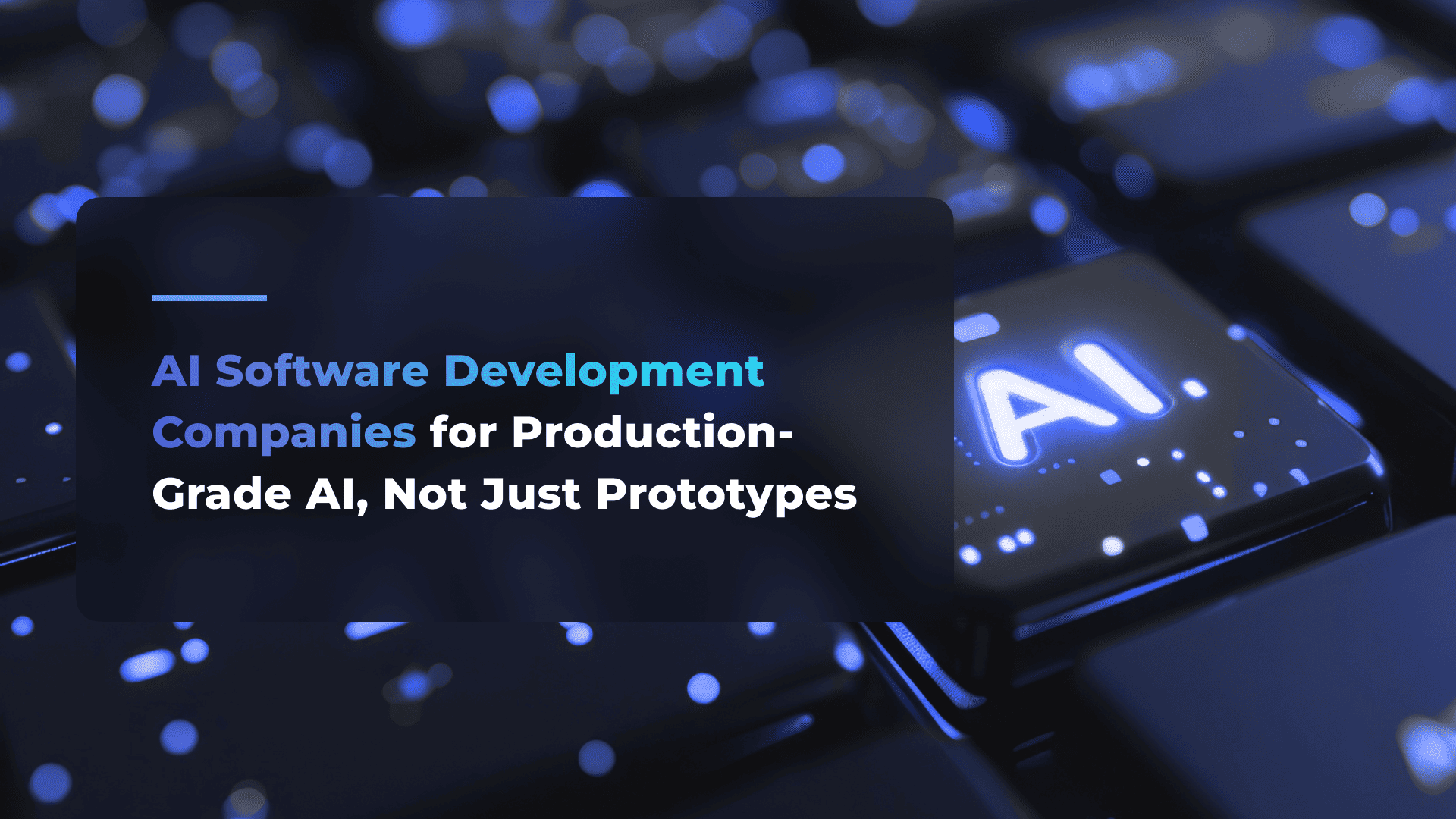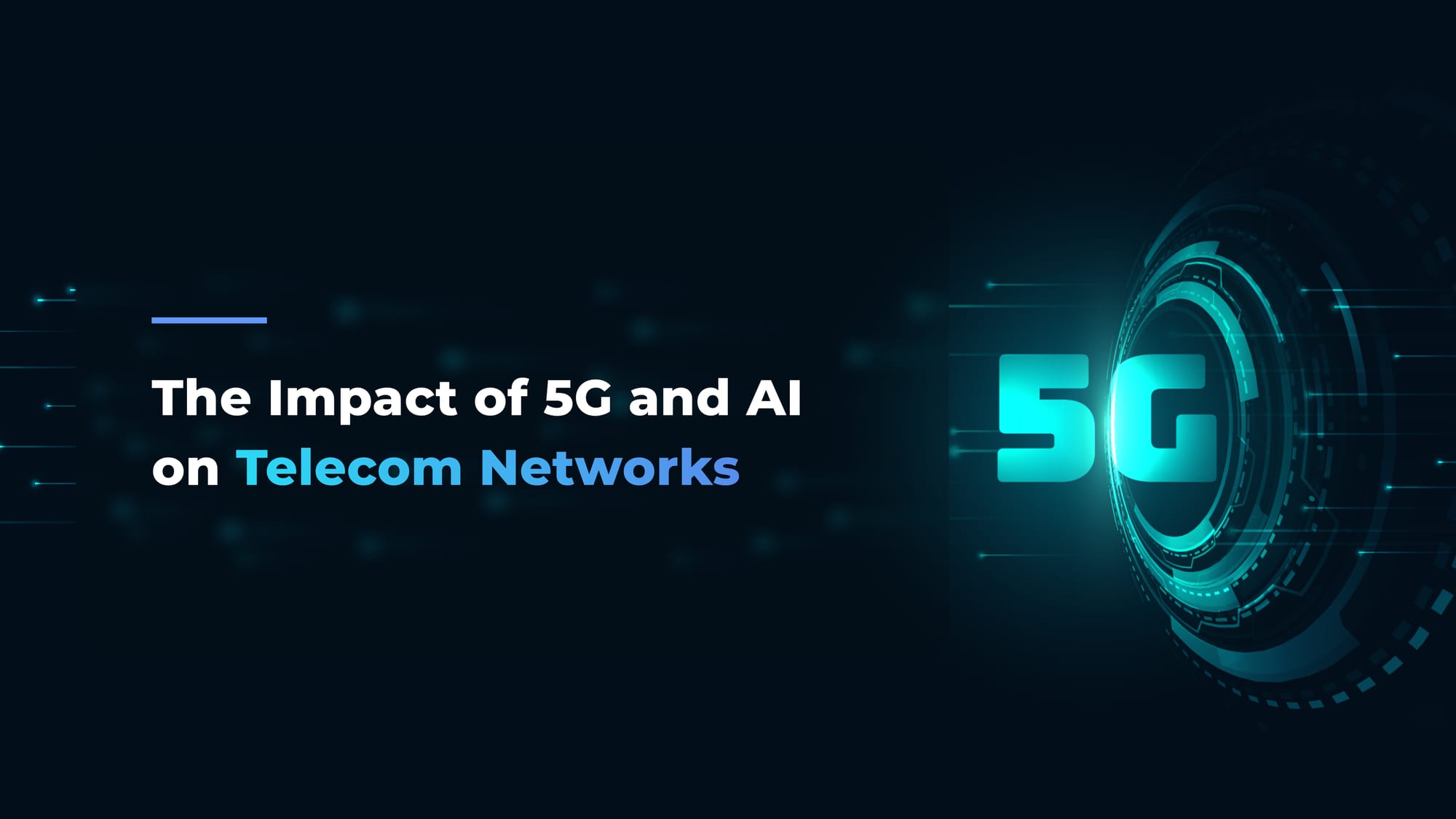AI Software Development: Process, Strategies and Challenges

The development process for AI projects requires a unique approach, distinct from traditional software development projects. Why? Simply put, because AI projects come with higher complexity and specific challenges that set them apart. Unlike conventional software engineering, AI development also covers data preparation, model training, and rigorous testing, which takes more time and demands specialized expertise.
Statistically, 88% of organizations report gaps in their development processes when handling AI tools. These gaps can lead to significant setbacks, contributing to an AI project failure rate of up to 80% — nearly double the failure rate of traditional IT projects from a decade ago. So adopting specific AI-focused management practices can boost success rates, helping companies overcome these hurdles more effectively. Additionally, AI-driven software development projects take longer to progress from proof-of-concept to production.
To succeed with AI software development, teams need to adjust their project management strategies to account for the unique challenges these projects present. Organizations can increase their chances of turning AI projects into valuable, high-impact solutions by embracing tailored approaches that prioritize data handling, model accuracy, risk management, and extended testing phases.
Having a proven track record of successful cases, we at Flyaps have managed AI projects in different domains, from human resources to urban planning. Based on our experience, we want to explain what strategy we advise you to incorporate to avoid being in that 80% of defeated players and what artificial intelligence software development challenges you must be ready for to succeed. Keep reading!
Effective strategies for artificial intelligence software development
Generally speaking, each AI-driven software development project consists of four main stages—opportunity discovery, solution design, proof of concept development, and production. Each of these involves various complex tasks like training data collection and preparation or algorithm training and model fine-tuning.
Here we will focus more on the practical steps to give you more hands-on insights:
- business case understanding
- strategy selection
- data collection and preparation
- hypothesis formulation
- choosing programming languages and tools
- training on selected data
- PoC development
- validation and testing
- deployment and maintenance
The very first step is to understand the business goals and the resources available to bring them to life.
#1 — Business case understanding of AI for software development
Although AI tools offer vast potential, not every problem requires AI, so implementing it where unnecessary can lead to major investments without clear benefits. The first step in AI-driven projects is to carefully assess whether the AI technology aligns with your core business goals, rather than being swayed by its current popularity.
After confirming that AI aligns with the business goals, it’s crucial to define the scope. Consider the example of a healthcare provider looking to implement AI to streamline diagnostics. The scope might include specific goals, such as identifying patterns in patient symptoms to predict potential diseases. But in this case, scoping would also consider the limitations, for instance, if there is enough historical data or not, or whether AI can accurately handle diverse medical cases. Without defining these parameters, the provider might face “scope creep” (an unmanageable expansion of project goals).
Check out our skills and let’s find the right approach together.
Let’s collaborateAfter scoping, resource allocation becomes essential. AI projects often require specialized skills, high-quality data, and significant computational power, so teams must plan resource allocation carefully — especially when considering the cost of AI development in 2025. For instance, a financial firm aiming to create an AI system for fraud detection must secure specialists with expertise in both AI and cybersecurity. They’ll also need access to vast amounts of transaction data and the infrastructure to handle computationally heavy AI model training. The firm may allocate resources like a dedicated server cluster for data processing and data engineers to ensure data quality and relevance.
#2 — Selecting strategy for artificial intelligence in software engineering
Once defining what result you are looking to get by adopting AI in software development, the next big step will be picking the right strategy to make it go smoothly. Should you opt for an off-the-shelf solution, customized pre-built tool, or in-house IP? Each approach has its strengths, so careful research and alignment with business goals can help you save costs and ensure scalability.
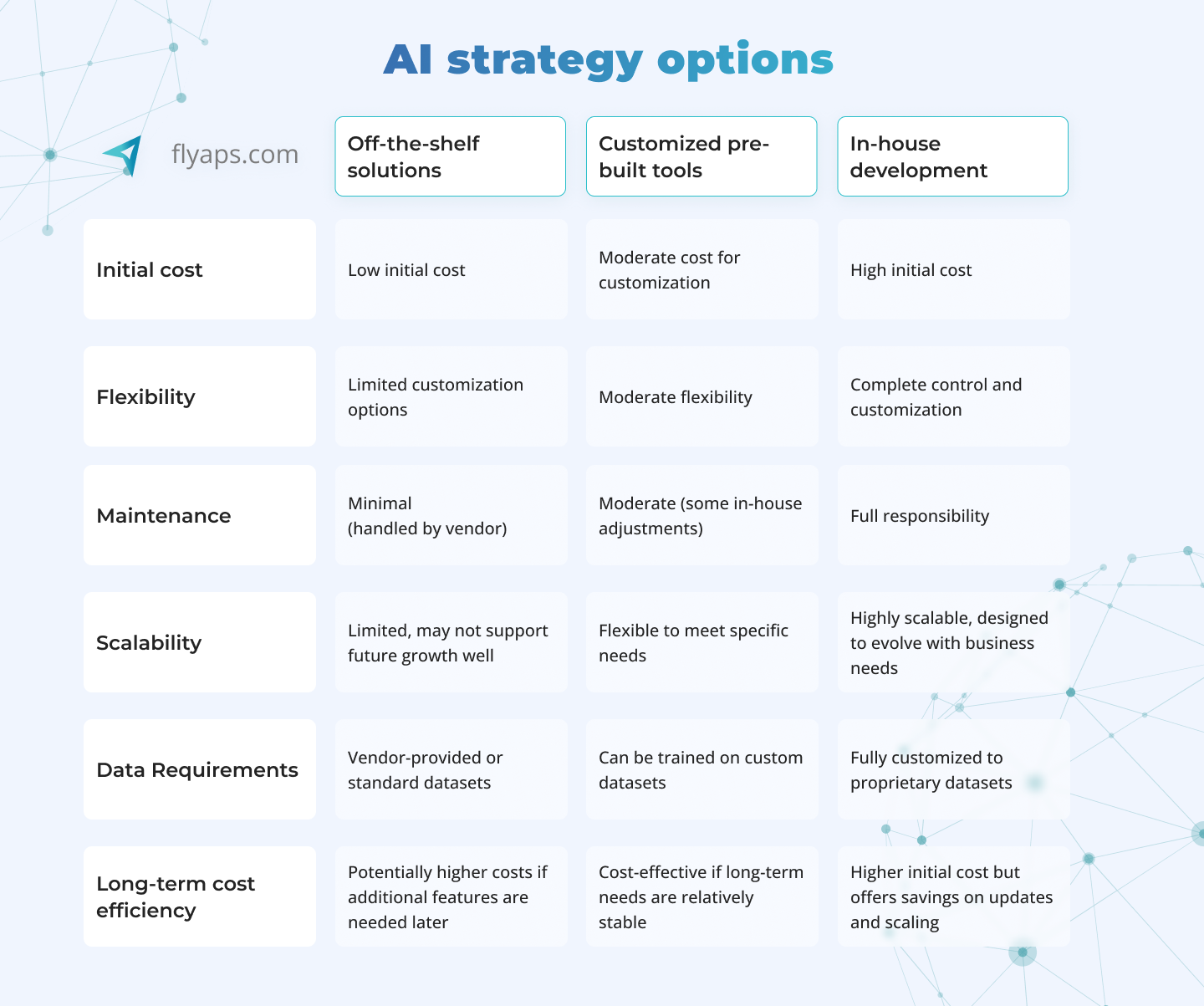
#3 — Collecting and preparing data for software development AI implementation
According to The Analyst Report, 35% of respondents called data management the top barrier to their company’s success with machine learning and AI development endeavors. The reason behind this is the complexity of gathering, organizing, and refining large volumes of training data to be ready for AI or machine learning techniques.
For a successful AI project, teams need a solid understanding of the project’s scope and data needs from the beginning, starting in the business case stage. Knowing data sources and existing storage infrastructure, like data lakes or warehouses, is essential, especially in data-heavy industries like telecom. Data lakes, for example, can store vast amounts of raw data, which AI systems later pull for data analysis and data visualization, while data warehouses provide structured, high-quality data ready for specific business insights.
Once collected, data undergoes several stages of preparation, which are data cleaning, data transformation, and data annotation.
Data cleaning
This involves removing errors, filling gaps, and verifying data accuracy to ensure the model isn’t training on incomplete information. For example, in telecom, if customer records contain inconsistencies or missing entries, it can skew AI predictions on customer behavior.
Data transformation and feature selection
Raw data must be reshaped into a format suitable for machine learning. This stage also includes feature selection, where the most relevant attributes of the data are identified. A retail company, for instance, might select “purchase frequency” or “basket size” as key features to train an AI model that predicts customer preferences.
Data annotation
In some artificial intelligence software development projects, like computer vision, data labeling, or annotation, is essential to help the model understand what it’s looking for in each piece of data. If, as an example, you’re training an AI to recognize different dog breeds in photos for a pet adoption app each photo requires a label indicating the breed shown for the AI to learn.
Labeling can be done manually (someone tags each photo) or through specialized tools and services that automate parts of the process. For example, an e-commerce platform that wants to identify products in thousands of images might use a data service to tag each item as “T-shirt,” “jacket,” and “shoes” or else. This way, the AI model has clear examples to learn from and can recognize these products automatically in future images.

#4 — Hypothesis formulation for software engineering AI implementation
The hypothesis formulation stage involves setting measurable goals for the AI model. For example, a hypothesis might be “Model X will achieve Accuracy Y when trained on Dataset Z.” This goal-setting practice helps direct the project, establishing a baseline for assessing model performance and guiding choices in model architecture and data usage.
Before formulating the hypothesis, you must decide whether it will focus on a specific model or a general algorithm.
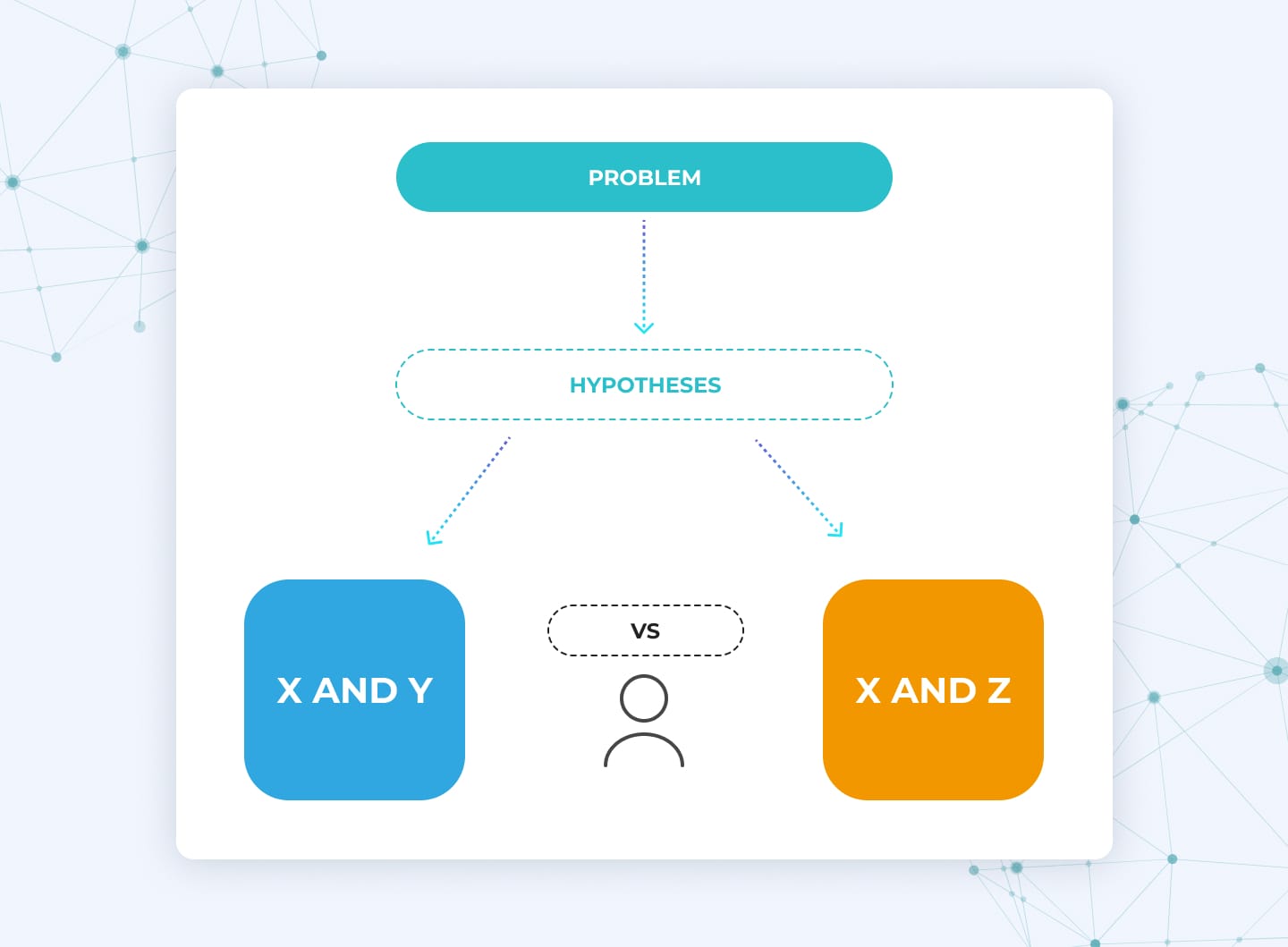
Choosing the right ML algorithms
Choosing the right machine learning algorithms is essential for successful AI-powered tools implementation in software development, as different tasks demand different approaches. The algorithm must be a match to your task. For instance, classification algorithms could help an AI coding assistant suggest code snippets based on developer intent, while regression algorithms might be useful for predicting patterns in software security vulnerabilities.
The size and quality of training data also impact the algorithm choice. If we’re talking about development processes, deep learning models perform well when there is extensive historical data, which is often seen in complex tasks such as bug detection, code completion, and analyzing existing code for code refactoring. For simpler tasks or those with smaller datasets, more lightweight machine learning techniques, like logistic regression, may offer sufficient support, particularly for real time code suggestions or routine tasks.
Choosing pre-trained models
Pre-trained models offer substantial benefits in the software development lifecycle by enabling AI coding assistants to handle tasks like code generation, security vulnerability detection, and code quality assurance. For example, a pre-trained model like ResNet can aid software engineers in designing user interfaces, analyzing past projects and suggesting optimal layouts. With transfer learning, these models can be fine-tuned for specific requirements, be it to identify security vulnerabilities unique for particular development cycles or to automatically generate test cases for more complex tasks.
#5 — Choosing programming languages and tools for AI and software development needs
Picking the right programming languages and tools for AI-driven software development is critical, as it directly affects the speed, scalability, and maintainability of the solution. For example, selecting Python might offer simplicity and access to popular AI libraries, while other languages like Java or C++ might be better for performance-driven applications, especially when developing reliable software that can handle complex tasks like code generation or analyzing code.
Looking for consulting resources on how software engineers and software developers can integrate AI into their professional software development processes? Read our articles “ Choosing the Right AI Tech Stack for Your Application ” and “ Generative AI Tech Stack: A Complete Guide ” to get detailed recommendations.
To achieve the best results possible, collaborate with experienced developers who have hands-on expertise with AI frameworks, AI development platforms, cloud platforms, and other essential technologies. Such experts can guide you through the selection process, help avoid common pitfalls, and ensure that the project is set up for long-term success and scalability.
#6 —Training on selected data
Training typically involves feeding labeled data into the model and optimizing it to minimize errors or maximize accuracy. If using deep learning or large datasets, computational resources, such as GPU clusters, may be allocated to handle the intensive training.
Pre-trained models are typically being fine-tuned (customized) to specific business needs by retraining them with unique data.
#7 — PoC development
The Proof of Concept (PoC) phase is proving the AI solution's potential value before fully investing in it. This is where the project team verifies that the model can achieve business goals and deliver meaningful results. The verification process contains four main stages:
- AI prototyping
A basic AI prototype is created to test whether the core concept works.
- Testing hypotheses
The team tests different hypotheses using targeted datasets. For example, a bank testing a model for detecting fraudulent transactions might create hypotheses around which data features—such as transaction amount, time, or location — are most predictive of fraud.
- Iterative cycles of evaluation
Based on these tests, the model undergoes tweaks and improvements. This back-and-forth process ensures the AI can adapt to real-world conditions.
- AI proof of value
Once the prototype consistently hits at least 60% of the intended outcomes, it’s time to share progress with stakeholders.

#8 — Validation and testing of AI in software development
After the training process, the next step is to validate the AI model by testing its performance on a new, unseen dataset. Data scientists often use metrics like accuracy, precision, and recall to evaluate model effectiveness. You can also work with an RLHF (reinforcement learning from human feedback) service provider to improve your model’s performance through a large talent pool.
#9 — Deployment and maintenance
The final step involves integrating the model into your software environment so that it can start delivering value in actual business scenarios.
Once the model is live, ongoing monitoring ensures that it continues to perform as expected. This includes tracking accuracy, response time, and other key performance metrics. Regular monitoring also helps catch “model drift” — when a model’s performance starts to degrade over time due to changes in the data or environment.
AI software development is not just a different process from traditional development. It also brings distinct challenges that can’t be ignored.
Challenges of artificial intelligence in software engineering
AI-based software development presents unique challenges that set it apart from traditional software engineering approaches. Let's talk about them in more detail.
Data. Lots of data
The main purpose of AI systems is to mimic human brain activity especially when it comes to learning from data. Just like humans, AI learns from the information presented to it, and the more and higher the quality of this information, the better it can reproduce certain patterns. That’s why a solid data foundation is the core aspect of any AI-driven product. The quality and quantity of data the AI system is trained with determines whether it will be able to perform certain tasks.
Suppose your company developed an internal AI Agent or AI Chatbot designed for employees (especially newcomers) to ask questions about the organization, management, and useful contacts for different departments. However, instead of the organization’s data, the system was trained on data about the company from the Internet. As a result, the chatbot gives incorrect and outdated information when answering.
Different lifecycle compared to traditional software development
Agile is still relevant for AI projects. However, it has changed in several ways:
- Training AI models can take many iterations. In the iterative process of training, the AI model is exposed to a dataset and tasked with learning patterns or relationships within that data. After each iteration, the model's performance is evaluated, and adjustments are made based on the errors or successes encountered during the previous attempt. Therefore, in every sprint, you might not end up with a fully functioning version of the AI model.
- Traditionally when all functionality is developed, testing and documentation the project is completed. However, there’s no such thing as “completed” when it comes to AI projects. Even after your artificial intelligence software development project is publicly released, you will have to track the indicators like accuracy, fluency, or bias checks (depending on the project) to make sure your AI-powered solution works as intended.
- For AI projects, regular software version control is not enough. You'll want to keep track of changes to both the code and the data used in the model. Suppose, your AI model is taking data from a dynamic source like social media, Slack, or Gmail where new information constantly appears and needs to be analyzed by the model. In this case, your development team has to adjust the special data pipeline for AI to handle this data. The data pipeline has to be maintained over time to address any issues, incorporate improvements, and adapt to changes in the data sources or project requirements.
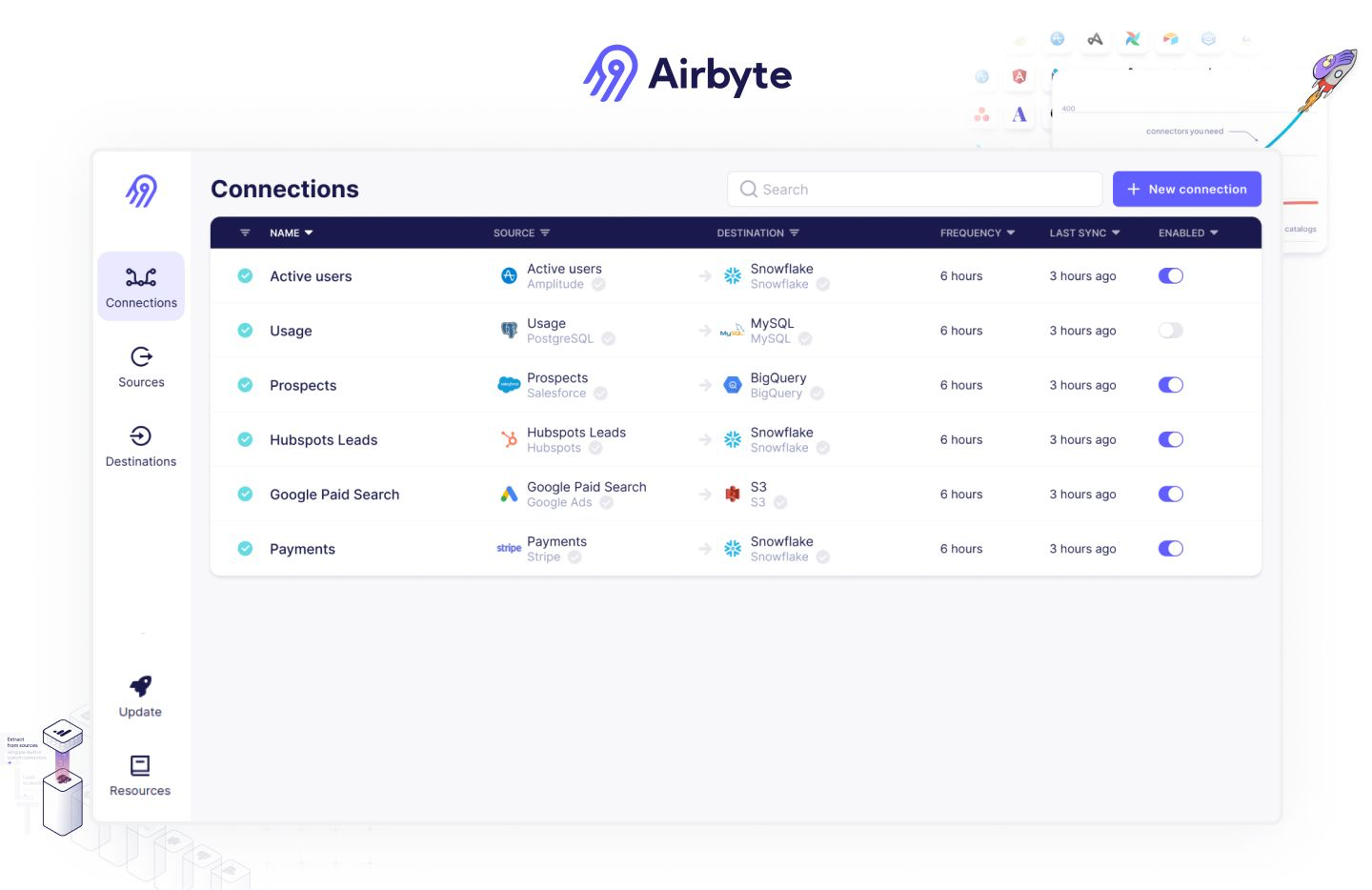
- For AI software development projects, it is better to give developers and data engineers additional time for experimentation and prototyping. As this is a relatively new technology with many different models and tools appearing every day, technical specialists may need some time to select the best possible AI tech stack and then test their assumptions about some technologies or sets of technologies.
AI is constantly evolving
AI is getting better every day with new models and other advancements appearing. To keep up with other similar products, PMs must make sure engineers in their team choose the latest proven technologies.
Scalability
Ensuring your platform can manage complex computations and large datasets without performance slowdowns is one of the biggest technical hurdles in AI software development. This issue primarily revolves around scalability and performance optimization, which are critical in AI due to the intensive computational requirements and the sheer volume of data involved.
Case in point: implementing microservices for an urban-planning platform
For UrbanSim — a platform for construction workers and urban analysts that uses microsimulation and modeling to support urban development — a microservices architecture was an ideal solution to their core challenge: a monolithic system with limited scalability. The monolithic design made it difficult to add new features or maintain the system cost-effectively, resulting in accumulated technical debt, recurring bugs, and slow development cycles.
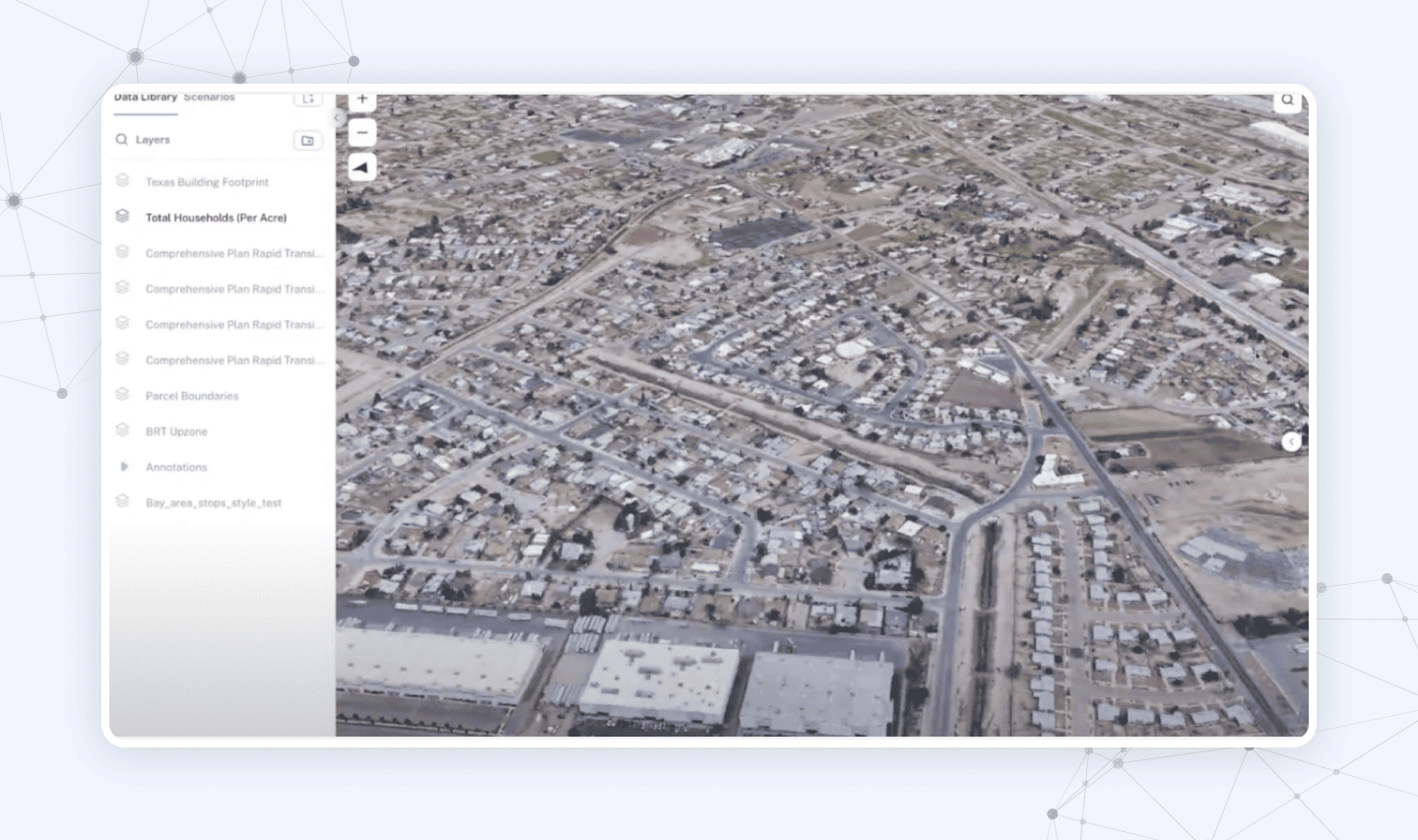
Flyaps improved UrbanSim’s scalability by re-architecting the platform with a microservices approach, which allowed each module — like the UI, modeling service, building optimizer, and accessibility module — to operate and scale independently. This modularity solved the challenges of the previous monolithic structure, where adding features or fixing bugs impacted the entire platform, slowing development and increasing technical debt.
We also implemented an event-driven, publish-subscribe architecture, allowing services to communicate efficiently and process large data volumes in real-time, providing instant insights for urban planning. Deploying the microservices on Google Kubernetes Engine (GKE) Autopilot further enhanced scalability by automating resource allocation and reducing cloud costs. Kubernetes allowed each service to scale according to demand, while Autopilot’s dynamic provisioning avoided over-provisioned resources.
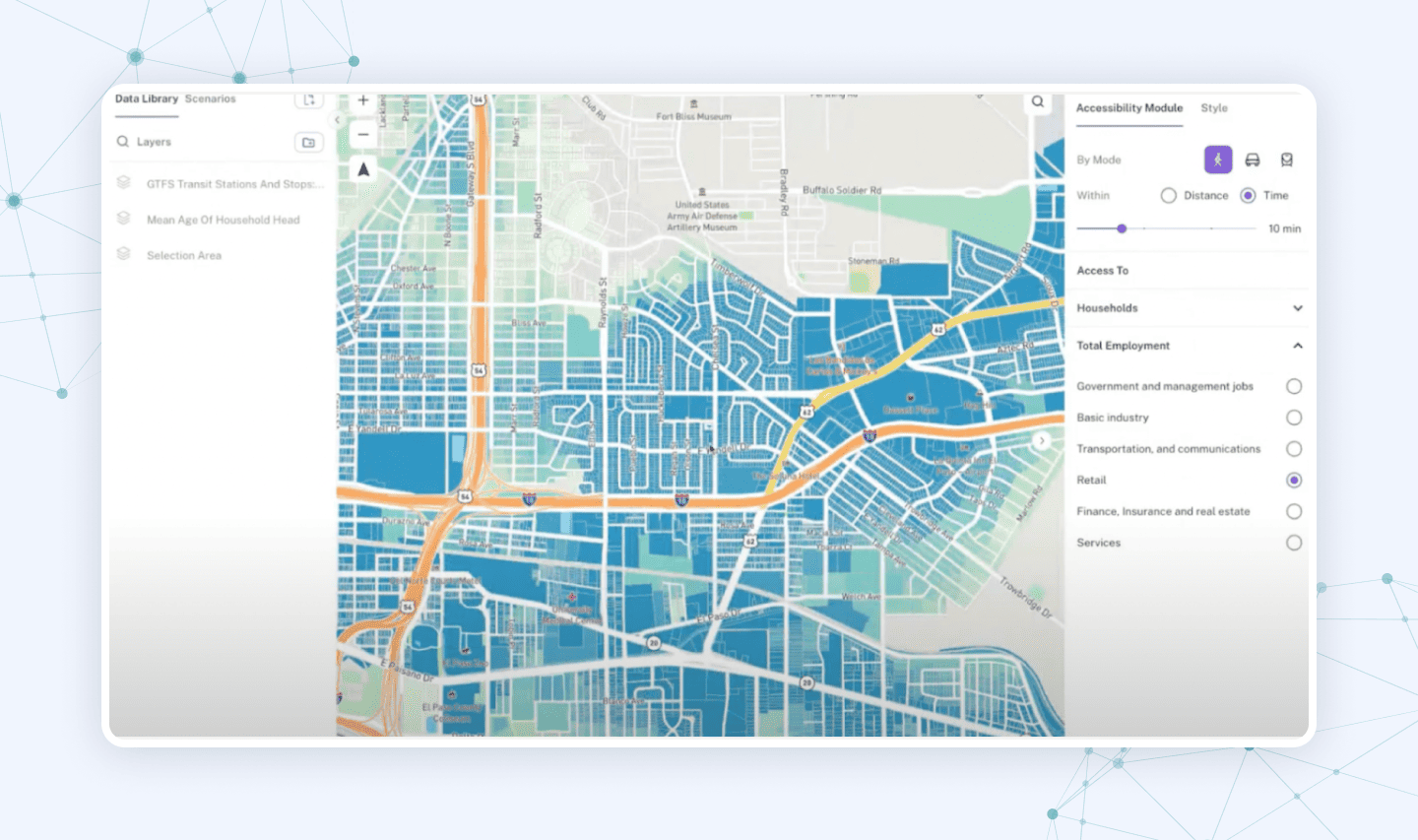
To support faster development, Flyaps introduced a DevOps pipeline with continuous integration and delivery (CI/CD), automating deployment and reducing downtime. This setup allowed UrbanSim to introduce updates seamlessly, enabling faster feature rollout. Additionally, Flyaps prepared the platform for machine learning integration, future-proofing it for predictive modeling and advanced analytics capabilities that will drive data-informed urban planning in the years ahead.
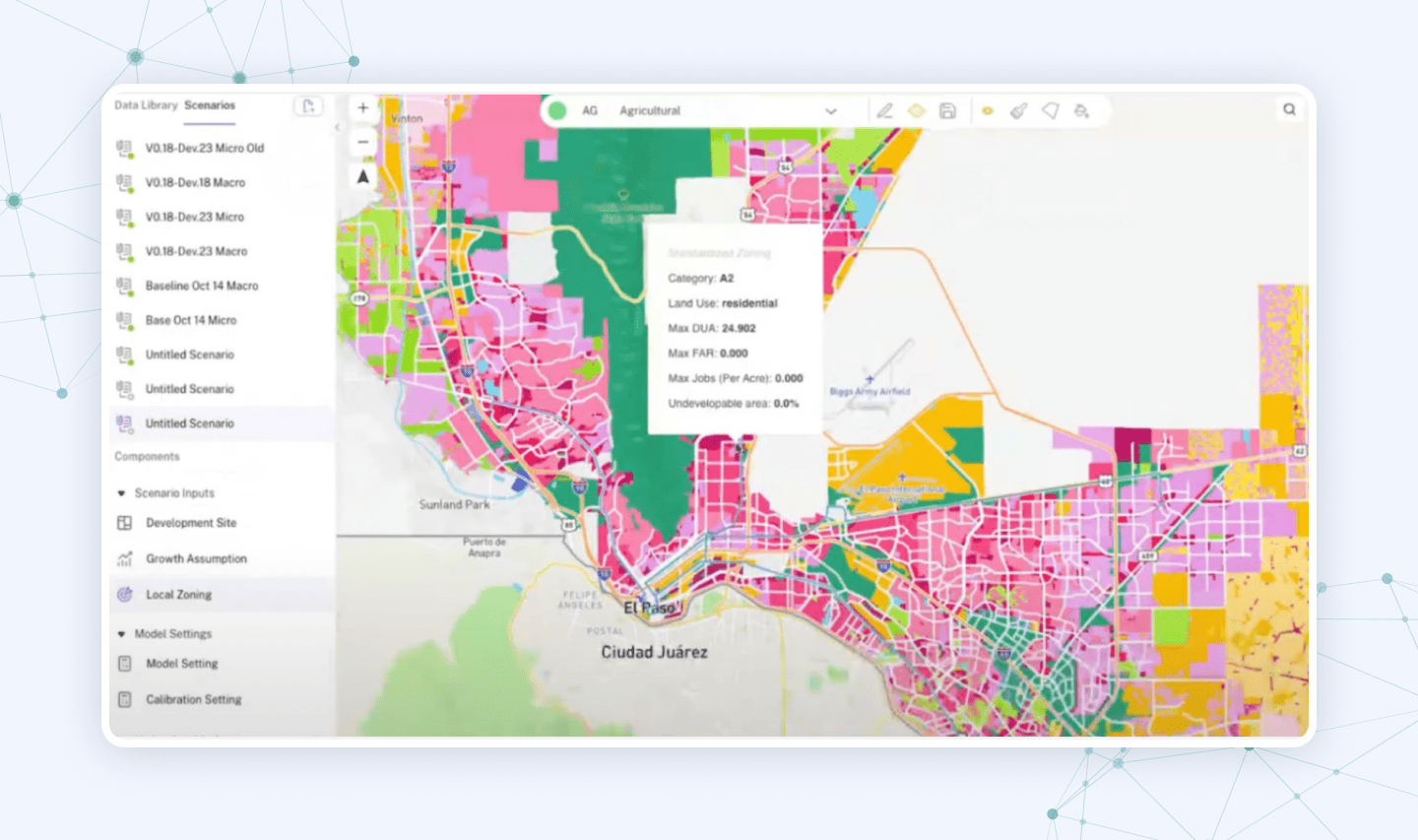
Overall, Flyaps’ re-architecture transformed UrbanSim into a scalable, efficient, and adaptable platform, supporting future innovation while optimizing costs and performance.
Artificial intelligence in software engineering success story
Our client, an HR tech company, initially launched Relocate.me to help IT professionals find jobs abroad. Recognizing that many candidates were missing out on opportunities due to poorly written resumes, they began manually assisting users with resume improvements. As demand grew, they envisioned CV Compiler — a tool for automating resume enhancement with machine learning.
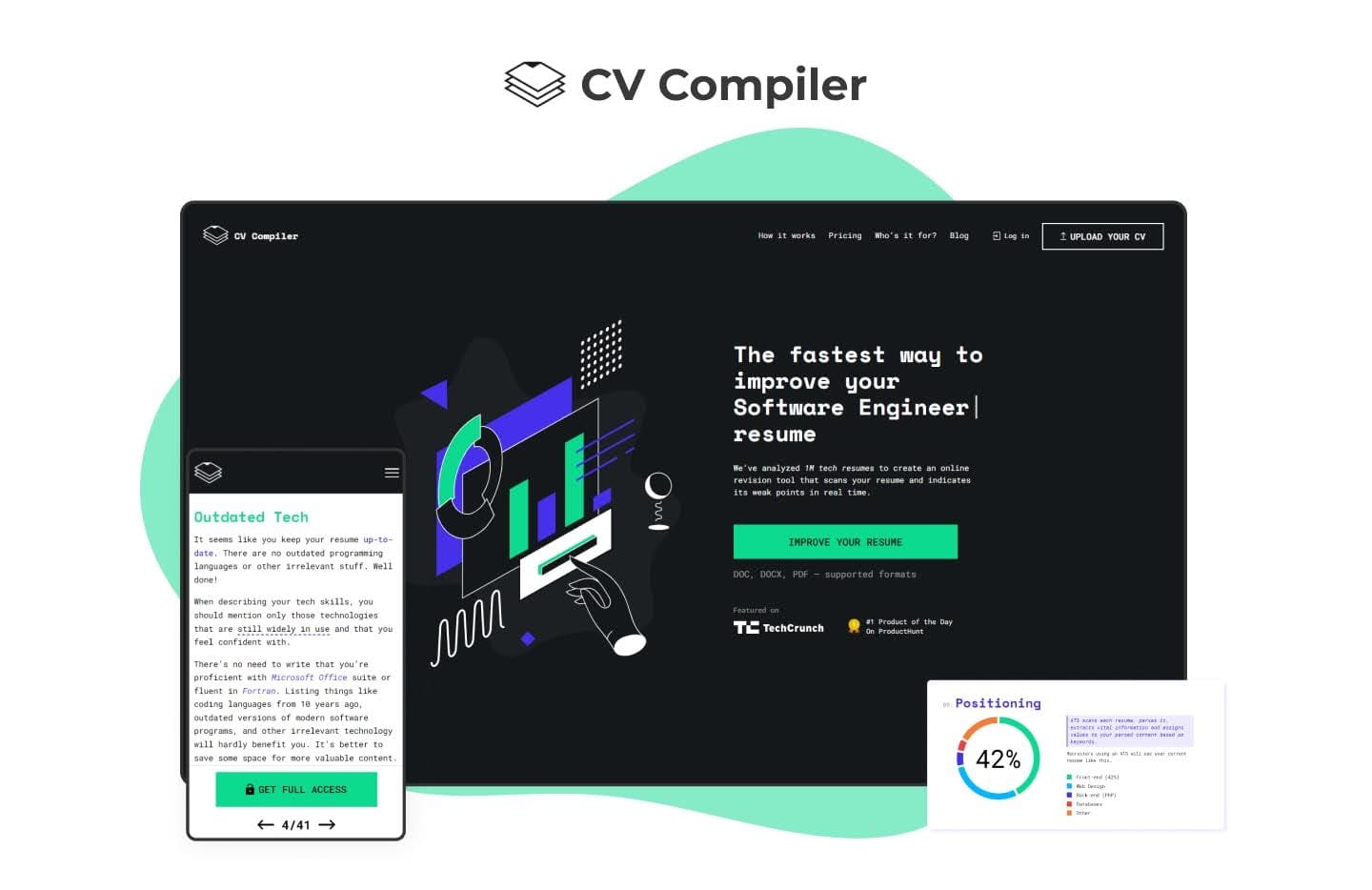
To bring this idea to life, Relocate.me turned to Flyaps. We built CV Compiler on a cloud-native, distributed system with a modular design, allowing seamless scalability and customizability for different clients and markets. Given that 80% of the resumes were in PDF format, we addressed the complexity of various formatting and encoding issues with specialized PDF libraries, combined with NLP models for accurate resume parsing.
Rather than relying on costly, third-party parsers, we developed a dedicated ML model tailored to CV Compiler's unique needs, achieving an average response time of 1.87 seconds with enhanced accuracy in analyzing resumes.
To make adjustments easy, we designed a low-code platform that allows non-technical users to modify parsing rules and create custom templates.
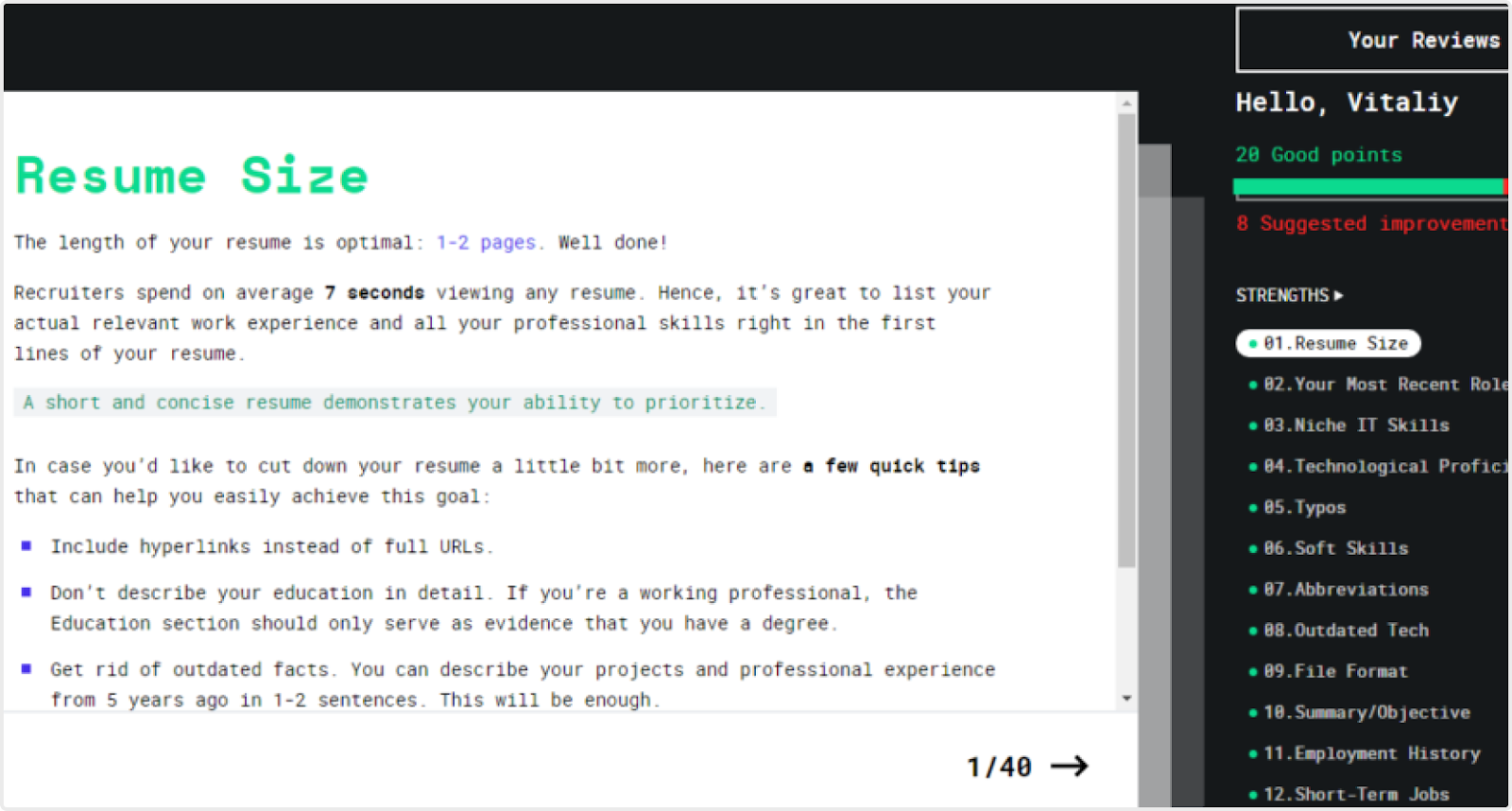
As a result, CV Compiler now has become a trusted tool for 50,000+ IT professionals and global companies.
Final words
Developing AI-driven software calls for a thoughtful, targeted approach that meets the specific challenges AI projects bring. From early-stage planning to final production, each step involves intricate tasks like collecting and preparing data, training models, and extensive testing. Aligning AI tools with clear business goals is essential — not only to select the best strategy but to allocate resources, handle data effectively, and ensure each element of the process fits together smoothly.
At Flyaps, we’ve built a strong track record of helping companies navigate these complexities. With our experience, we know how to sidestep common hurdles and bring AI projects to life in ways that drive real value. Whether it’s automating routine tasks, refining code, or improving testing, AI integration can truly elevate the software development process. And with the right strategy in place, companies can turn AI into a powerful asset that meets today’s demands and scales with future needs.
Check out our skills and let’s find the right approach together.
Let’s collaborateFrequently asked questions
Is AI replacing software developers?
Not entirely. While AI tools are becoming advanced and can handle tasks like code generation, bug detection, and automated testing, they still depend on human oversight, creativity, and problem-solving skills. AI assists developers by making their work faster and more efficient, rather than replacing them.
What are the types of AI software?
The four main types of AI software are reactive machines, limited memory, theory of mind, and self-aware AI. These range from systems that respond to specific tasks to advanced AI that understands and reacts to emotions. However, most current AI used in software development falls into the reactive or limited memory categories.
How is AI used in coding?
AI assists coding by suggesting code snippets, completing code, detecting bugs, refactoring code, and generating test cases. It can also automate repetitive tasks, freeing developers to focus on more complex problems.
What is artificial intelligence in software development?
AI in software development involves integrating intelligent algorithms and tools to enhance productivity, improve code quality, automate testing, and provide predictive insights into project needs.
How do software engineers use AI?
Software engineers use AI for code generation, bug detection, code optimization, and predictive analytics to make development faster and more efficient. AI also supports engineers in improving software security and managing large codebases.
What are some real-world use cases of generative AI?
Generative AI is widely used in content creation, code generation, personalized marketing, product design, and customer service automation. These models can generate text, images, audio, or even software code based on training data. You can explore more in our Generative AI use cases article.


